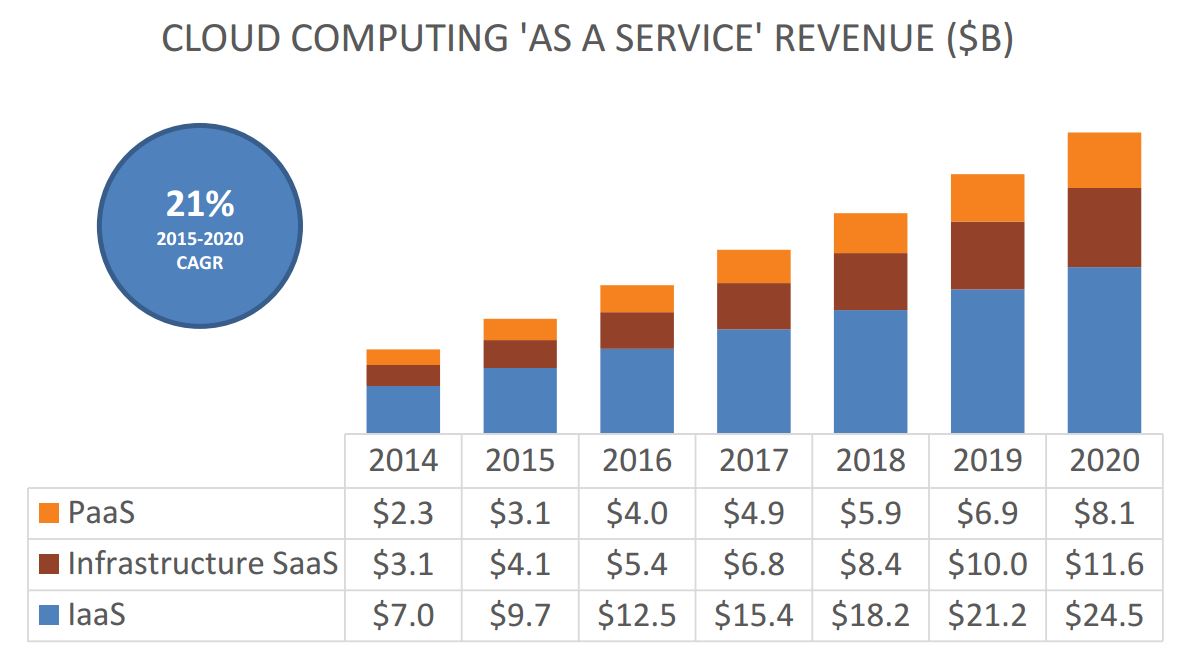Contact: Scott Denne
Accenture reaches into Asia with the acquisition of a majority stake in digital agency IMJ, the latest in a series of deals as it builds out a digital marketing and advertising practice to cut away at the market share of the world’s largest ad agency holding companies. The target, which provides campaign strategy, design and analytics services to marketers and has 600 employees, will bring Accenture Interactive into the Japanese market.
The acquirer’s Accenture Interactive digital marketing and e-commerce services arm generates about $2bn in annual revenue and is the fastest-growing unit in its digital practice group, which itself posted 35% growth in the most recent fiscal year. Much of that rise has come via M&A – Accenture has now nabbed nine firms to boost Interactive since 2013, the year it formalized its marketing practice.
It’s not alone. Many other consultants and IT services shops are buying into marketing tech and services at an increasing rate. Alongside today’s announcement from Accenture, software development and design specialist Persistent Systems bought GENWI, a maker of software to push content out to mobile apps. And at the start of the year, IBM snagged an ad agency and two digital marketing firms. Deloitte, Cognizant and Epsilon, among others, have also gotten in on the act.
As we detail in a recent report, the growing amount of data and devices along with an increased desire for integrated customer experiences are giving IT services firms an opening to sell to marketing departments, as the challenges of CMOs begin to resemble those of CIOs. The hurdle for Accenture – and many of its peers – has been the dearth of creative and design talent, which is being mostly resolved through M&A.
For more real-time information on tech M&A, follow us on Twitter @451TechMnA.


